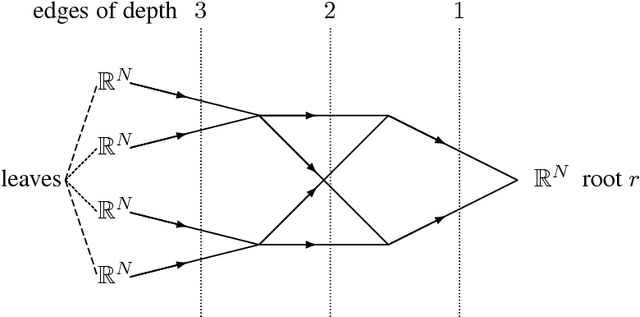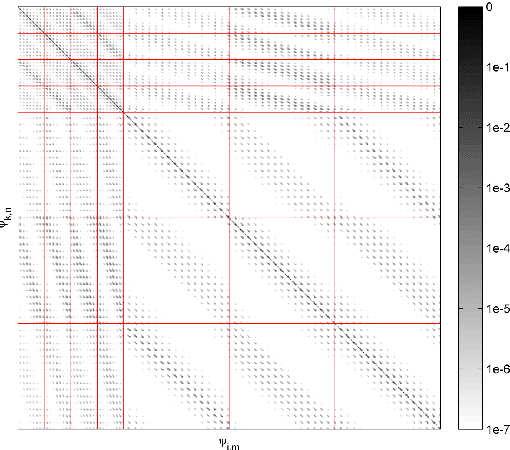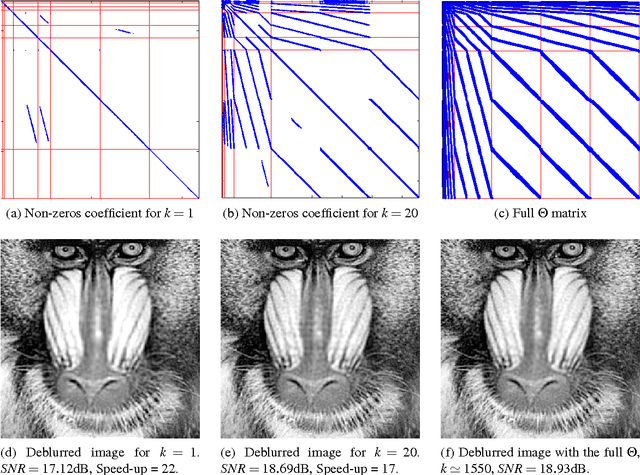Francois Malgouyres
IMT
Stable recovery of deep linear networks under sparsity constraints
Feb 20, 2018
Abstract:We study a deep linear network expressed under the form of a matrix factorization problem. It takes as input a matrix $X$ obtained by multiplying $K$ matrices (called factors and corresponding to the action of a layer). Each factor is obtained by applying a fixed linear operator to a vector of parameters satisfying a sparsity constraint. In machine learning, the error between the product of the estimated factors and $X$ (i.e. the reconstruction error) relates to the statistical risk. The stable recovery of the parameters defining the factors is required in order to interpret the factors and the intermediate layers of the network. In this paper, we provide sharp conditions on the network topology under which the error on the parameters defining the factors (i.e. the stability of the recovered parameters) scales linearly with the reconstruction error (i.e. the risk). Therefore, under these conditions on the network topology, any successful learning tasks leads to robust and therefore interpretable layers. The analysis is based on the recently proposed Tensorial Lifting. The particularity of this paper is to consider a sparse prior. As an illustration, we detail the analysis and provide sharp guarantees for the stable recovery of convolutional linear network under sparsity prior. As expected, the condition are rather strong.
Image restoration using sparse approximations of spatially varying blur operators in the wavelet domain
May 30, 2013



Abstract:Restoration of images degraded by spatially varying blurs is an issue of increasing importance in the context of photography, satellite or microscopy imaging. One of the main difficulty to solve this problem comes from the huge dimensions of the blur matrix. It prevents the use of naive approaches for performing matrix-vector multiplications. In this paper, we propose to approximate the blur operator by a matrix sparse in the wavelet domain. We justify this approach from a mathematical point of view and investigate the approximation quality numerically. We finish by showing that the sparsity pattern of the matrix can be pre-defined, which is central in tasks such as blind deconvolution.
 Add to Chrome
Add to Chrome Add to Firefox
Add to Firefox Add to Edge
Add to Edge